Antonio Citterio reflects on his work with Flexform, and conceiving a sofa as the heart of the home
Antonio Citterio designed the Groundpiece sofa for Flexform in 2001: twenty years on, we chart the architect's history of collaboration with the Italian furniture company, and discover his view on redefining domestic interiors

Meda is a small town at the heart of Brianza, the industrial zone that unfolds across the green Lombardy plain like a long grey dust plume stretching from Milan towards the Swiss border. Its medieval centre, marked by the frescoed 16th-century church of San Vittore, is hemmed in by a ring of more recent development that peters out into the generic anonymity of industrial Italy.
It’s hard to think of a more appropriate birthplace for Antonio Citterio. What we think of as Italian design depends on this town, and half a dozen like it. Meda is the engine room of the contemporary furniture world, where a web of workshops and factories forms a creative cluster that is to sofas what Silicon Valley once was to laptops. This is where Citterio grew up, and it’s where Flexform, the firm established in 1959 by the Galimberti family, which gave him one of his first jobs, is based.
Antonio Citterio and Flexform: a creative relationship 50 years on
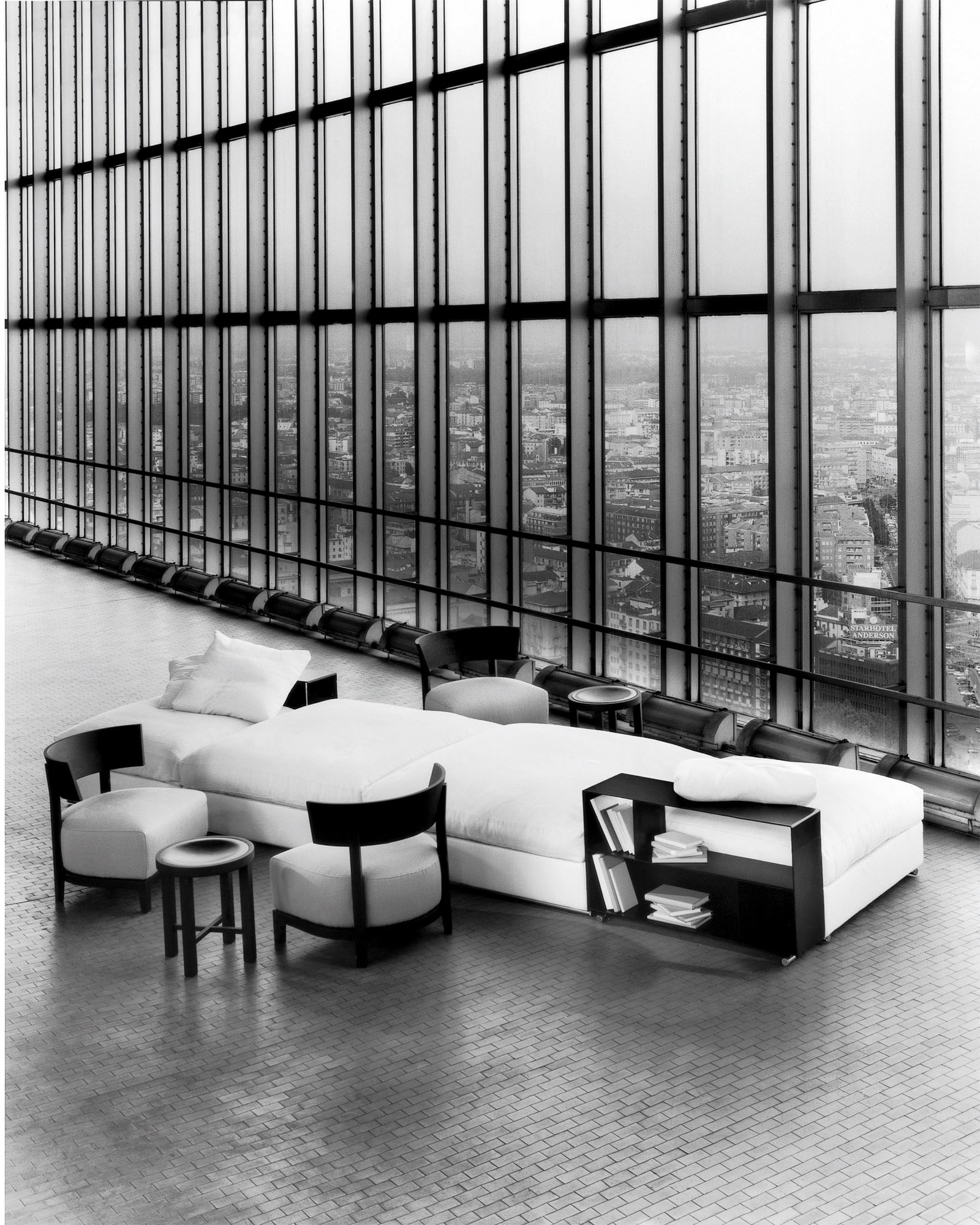
Antonio Citterio's Groundpiece sofa for Flexform, shot in 2001 by Gabriele Basilico in Gio Ponti’s Pirelli Tower
He makes the start of a relationship with the company that has lasted almost 50 years sound remarkably casual. ‘I was 23, I had just finished in the army. I was still studying architecture at the Politecnico in Milan. One of the Galimberti children had been my friend at school, so I went to Flexform and said, let’s do something together.’
Flexform had already made the transition from the traditional designs it had started out with, and had applied the artisanal skills of its craftsmen to a more contemporary design language. It had commissioned a piece as radical as Joe Colombo’s 1969 ‘Tube’ chair. Now it needed reliable bestsellers. ‘This was a time when a lot of furniture looked like sculpture, but I said, let’s do something really calm, and really normal.’ One of the results was the ‘Aria’ sofa, produced with his studio partner at the time, Paolo Nava.
It belonged to a period in which the sofa was designed to be part of a conventional three-piece suite, and had yet to dominate the contemporary interior. In the average living room in the 1960s, the armchair was the seat of power, occupied by family patriarchs. The matriarch, if she was lucky, got a slightly smaller version to herself. The sofa was for supplicant sons-in-law. Launched around 1980, ‘Aria’ had a wooden frame, foam cushions, and brushed steel legs, accommodating two people in comfort.
Citterio produced two other early projects for the company and began to play a part in shaping its identity. ‘I was never really Flexform’s art director, but I would talk to them about things,’ he remembers. ‘So I asked Achille Castiglioni to design the stand at the furniture fair a few times. And I suggested that Natalia Corbetta should do the graphics, and that they should work with Gabriele Basilico.’ Basilico was one of Italy’s most distinguished architectural photographers, scrutinizing the relentless urbanization of the country in the 1960s with an unforgiving eye. His work with Flexform was always in monochrome, always contextualizing the furniture in slightly melancholy architectural settings, such as the interior of Gio Ponti’s Pirelli Tower.
Antonio Citterio's Groundpiece for Fexform: a sofa for contemporary life
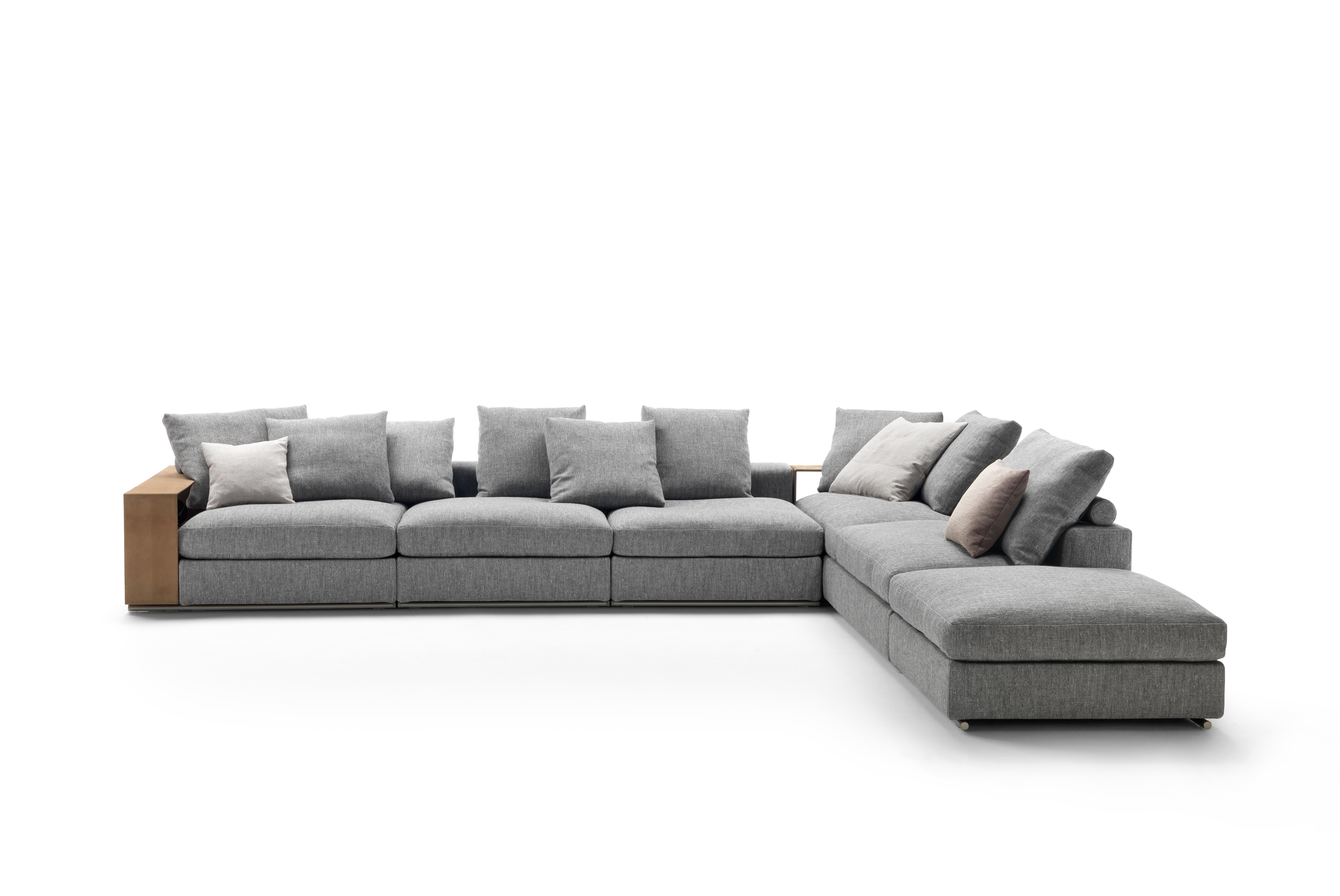
‘People didn’t understand at first. It took a while for the approach to work,’ says Citterio. ‘The market has changed a lot since then. The market for contemporary design in the 1970s was just six per cent, now it’s the overwhelming majority.’ The way that we live has changed, too. ‘The sofa was not a normal element in the home. If you had one, it was a sofa bed, something to sleep on. My idea was that a sofa could be somewhere to eat and to work, as well as to relax.’
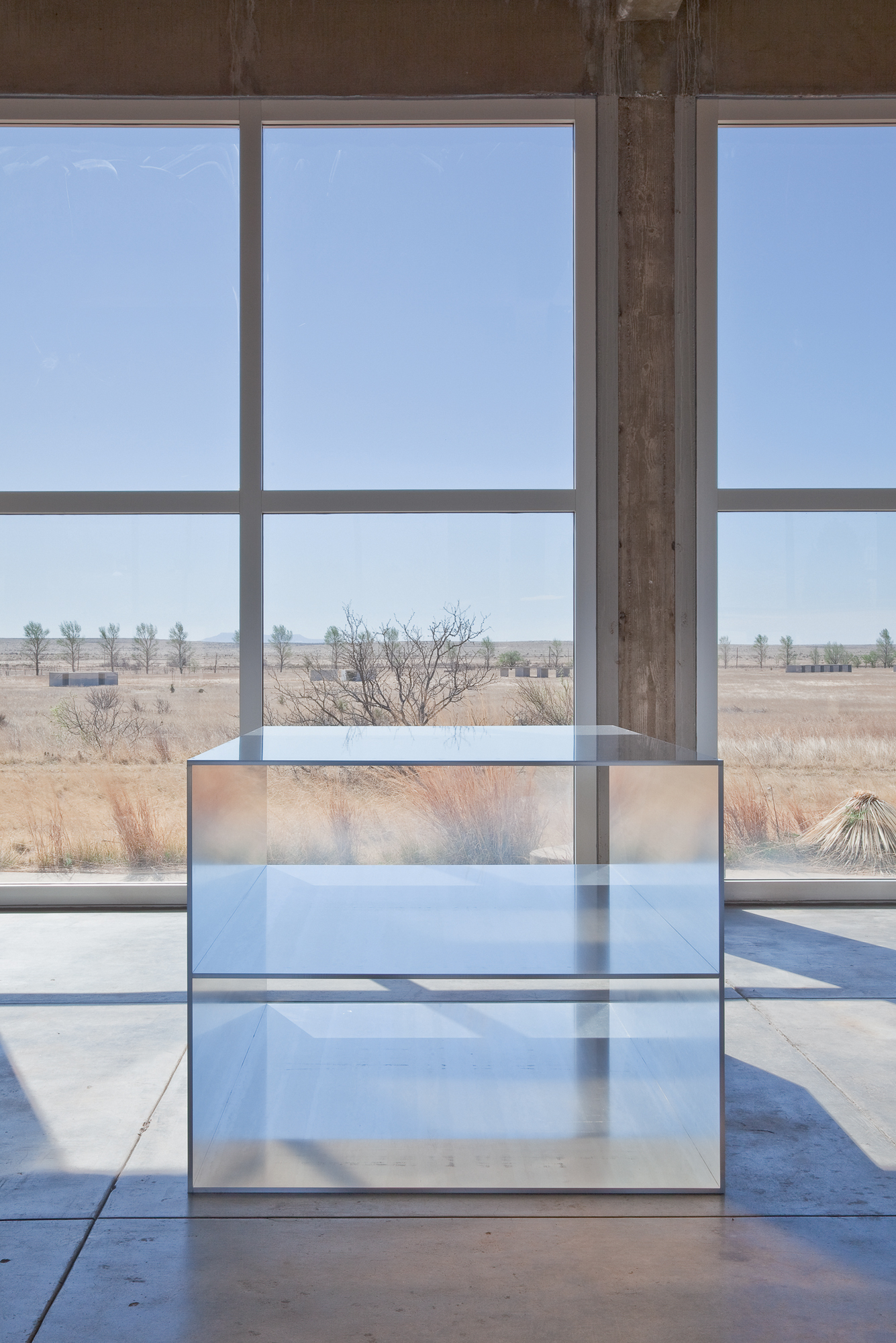
Citterio’s inspiration for the ‘Groundpiece’ sofa design includes Donald Judd's 100 untitled works in mill aluminum, 1982-1986. Permanent collection, the Chinati Foundation, Marfa, Texas. Photo by Douglas Tuck, courtesy of the Chinati Foundation. Donald Judd Art © 2021 Judd Foundation / Artists Rights Society (ARS), New York.
It’s 20 years since Citterio designed ‘Groundpiece’, as the embodiment of that insight. The name is a reference to Donald Judd’s work, not because Citterio believes that his work is art, but because of what he learned from the way that Judd took sculpture off the plinth, to create a more direct relationship with space. Citterio took the sofa off its legs, and, apparently at least, placed it directly on the floor, like the Arab ‘suffah’, which was a raised section of floor softened by carpet or cushion.
As the middle-class living room increased in size, Citterio was able to consider ‘Groundpiece’ as furniture in the round, not backed awkwardly against a wall. ‘We moved the sofa into the middle of the room.’ This liberation allowed him to incorporate a menu of additional elements to the seating. ‘Groundpiece’ has no single fixed form: one or more of the sofa’s arms can incorporate storage shelves; the arm itself has a top wide enough to serve as a coffee table; and the back of the sofa can be used to form a low wall of shelving.
Wallpaper* Newsletter
Receive our daily digest of inspiration, escapism and design stories from around the world direct to your inbox.
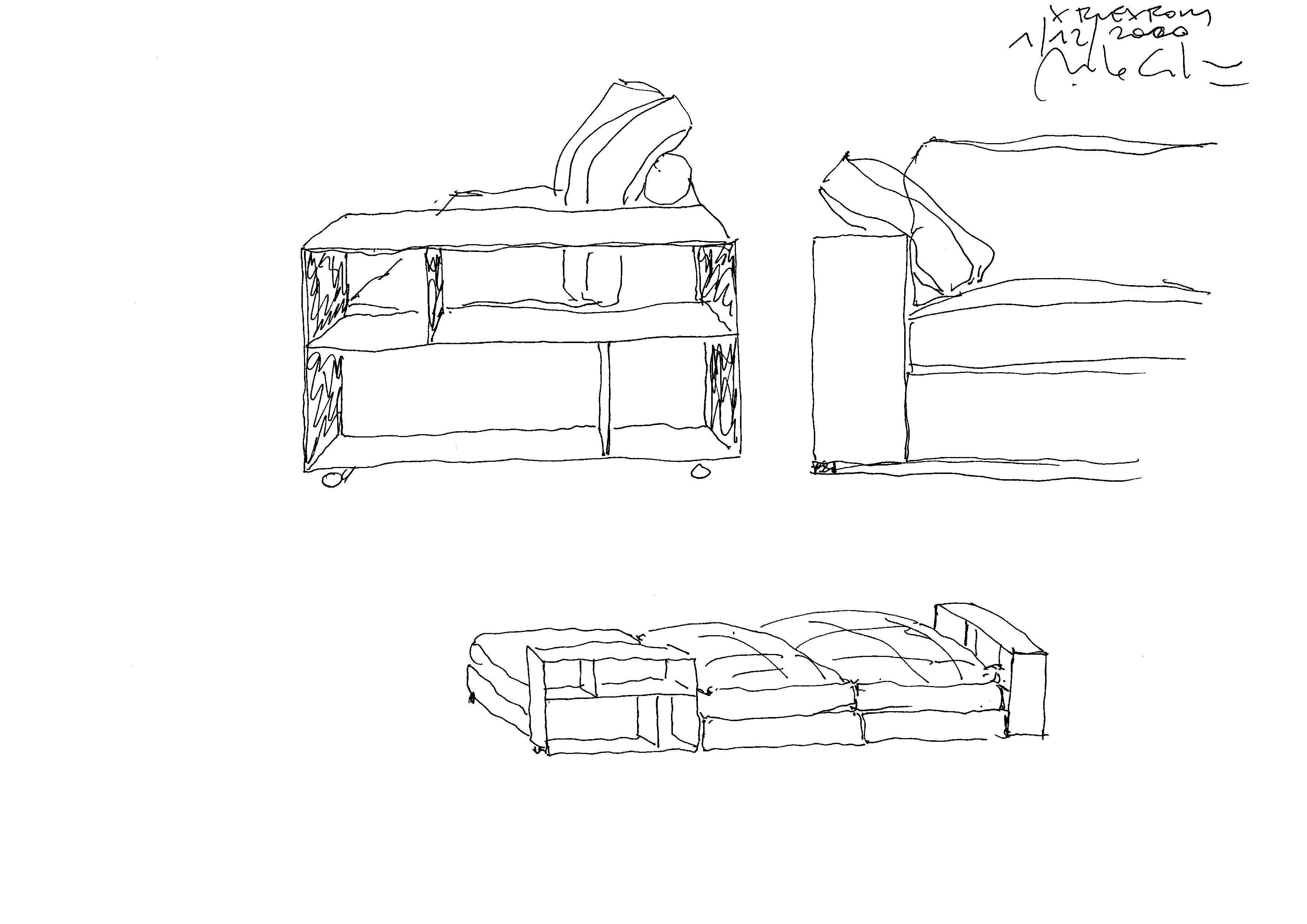
The designer’s sketches show the sofa’s arms, which can incorporate storage elements
It was a conceptual rather than a technical turning point, blurring the distinction between furniture and architecture, between foreground object and background service. It was made using existing technology, and designed as much on the workshop floor in Meda as it was in Citterio’s studio. There were no technical drawings; he relied instead on the skills of Flexform’s craftsmen to realise his ideas. ‘I worked only with sketches,’ says Citterio. ‘I worked with the man who cuts the fabric to get the line and the proportions.’
‘Groundpiece’ helped transform the sofa from playing a relatively minor role in the repertoire of contemporary furniture to a dominant one. And its success has reinforced the continuing relevance of the Italian design system and its ability to use its old skills in new ways.
INFORMATION
-
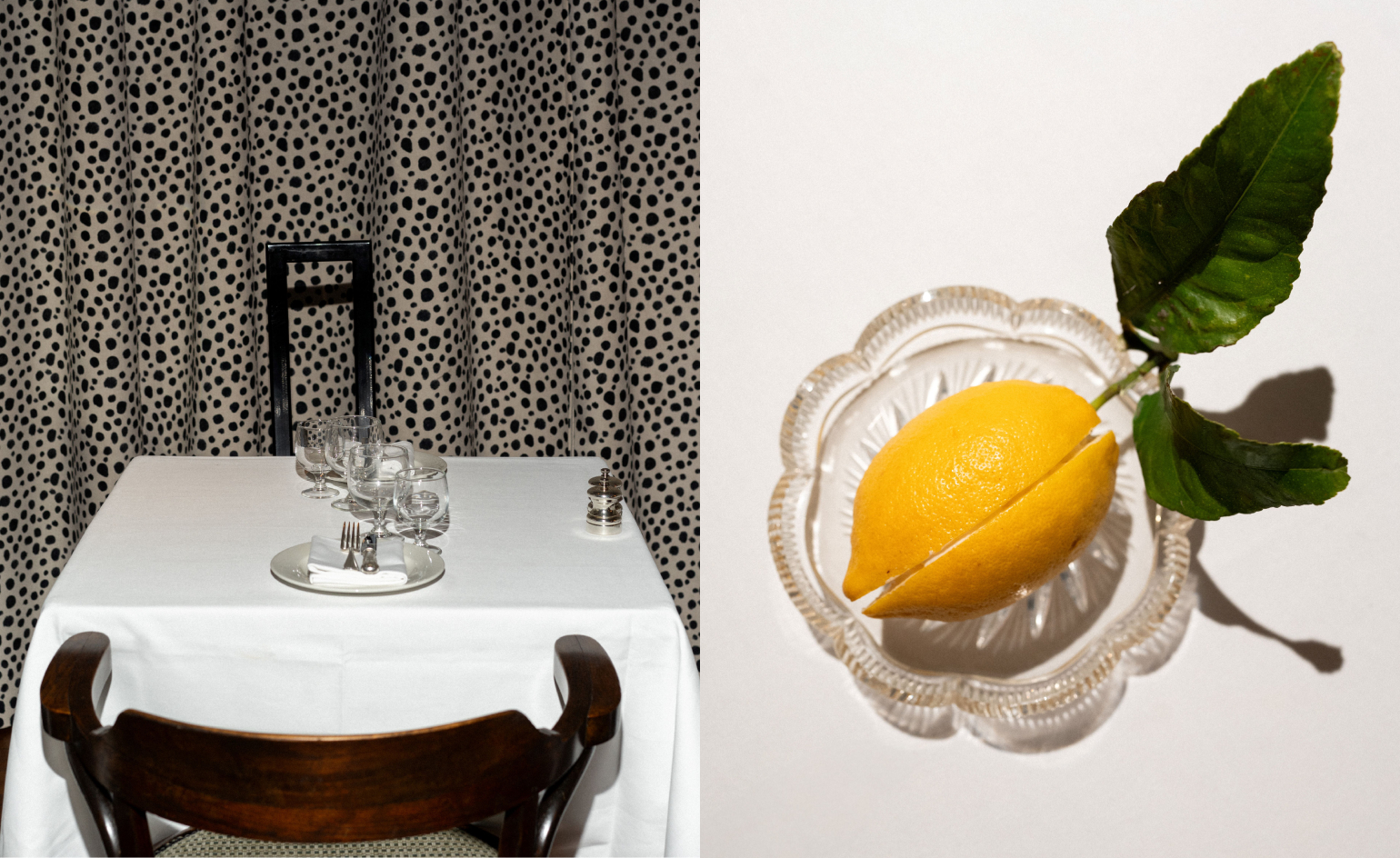 Marylebone restaurant Nina turns up the volume on Italian dining
Marylebone restaurant Nina turns up the volume on Italian diningAt Nina, don’t expect a view of the Amalfi Coast. Do expect pasta, leopard print and industrial chic
By Sofia de la Cruz
-
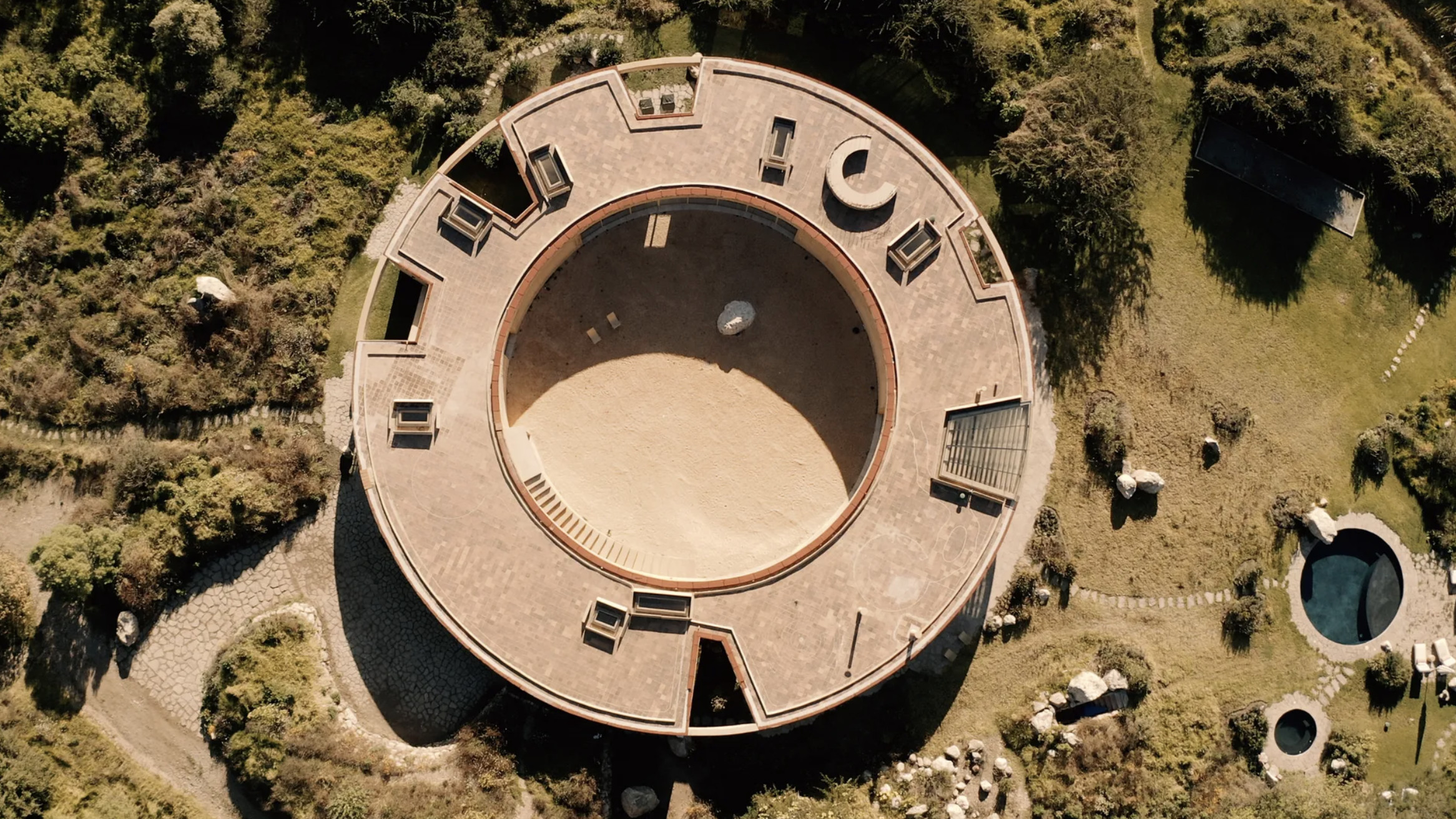 Tour the wonderful homes of ‘Casa Mexicana’, an ode to residential architecture in Mexico
Tour the wonderful homes of ‘Casa Mexicana’, an ode to residential architecture in Mexico‘Casa Mexicana’ is a new book celebrating the country’s residential architecture, highlighting its influence across the world
By Ellie Stathaki
-
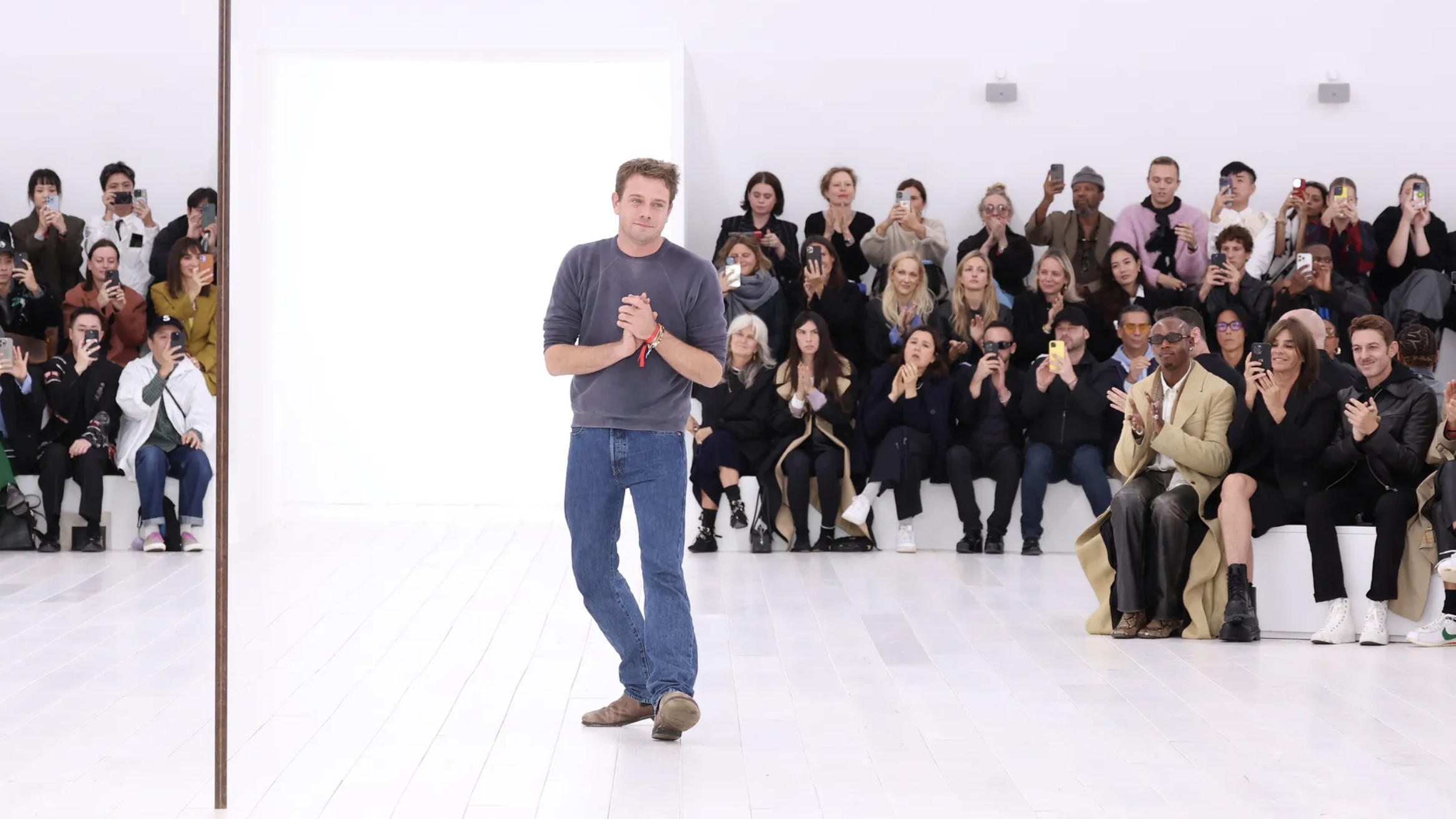 Jonathan Anderson is heading to Dior Men
Jonathan Anderson is heading to Dior MenAfter months of speculation, it has been confirmed this morning that Jonathan Anderson, who left Loewe earlier this year, is the successor to Kim Jones at Dior Men
By Jack Moss
-
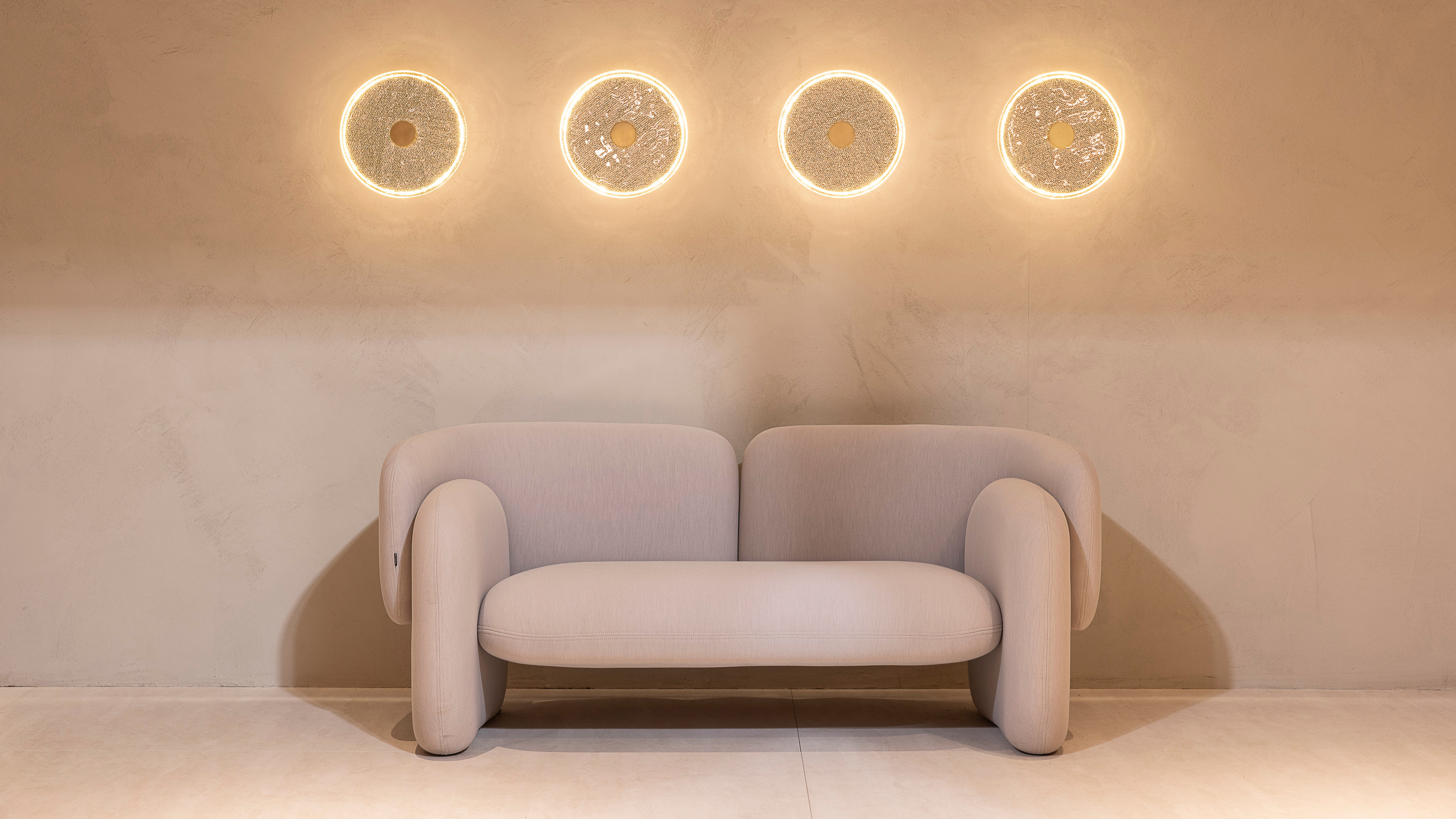 Lasvit brought forest, fabric and frozen light to Euroluce 2025
Lasvit brought forest, fabric and frozen light to Euroluce 2025Czech glassmaker Lasvit’s 2025 lighting launches look to nature for inspiration and reflection
By Ali Morris
-
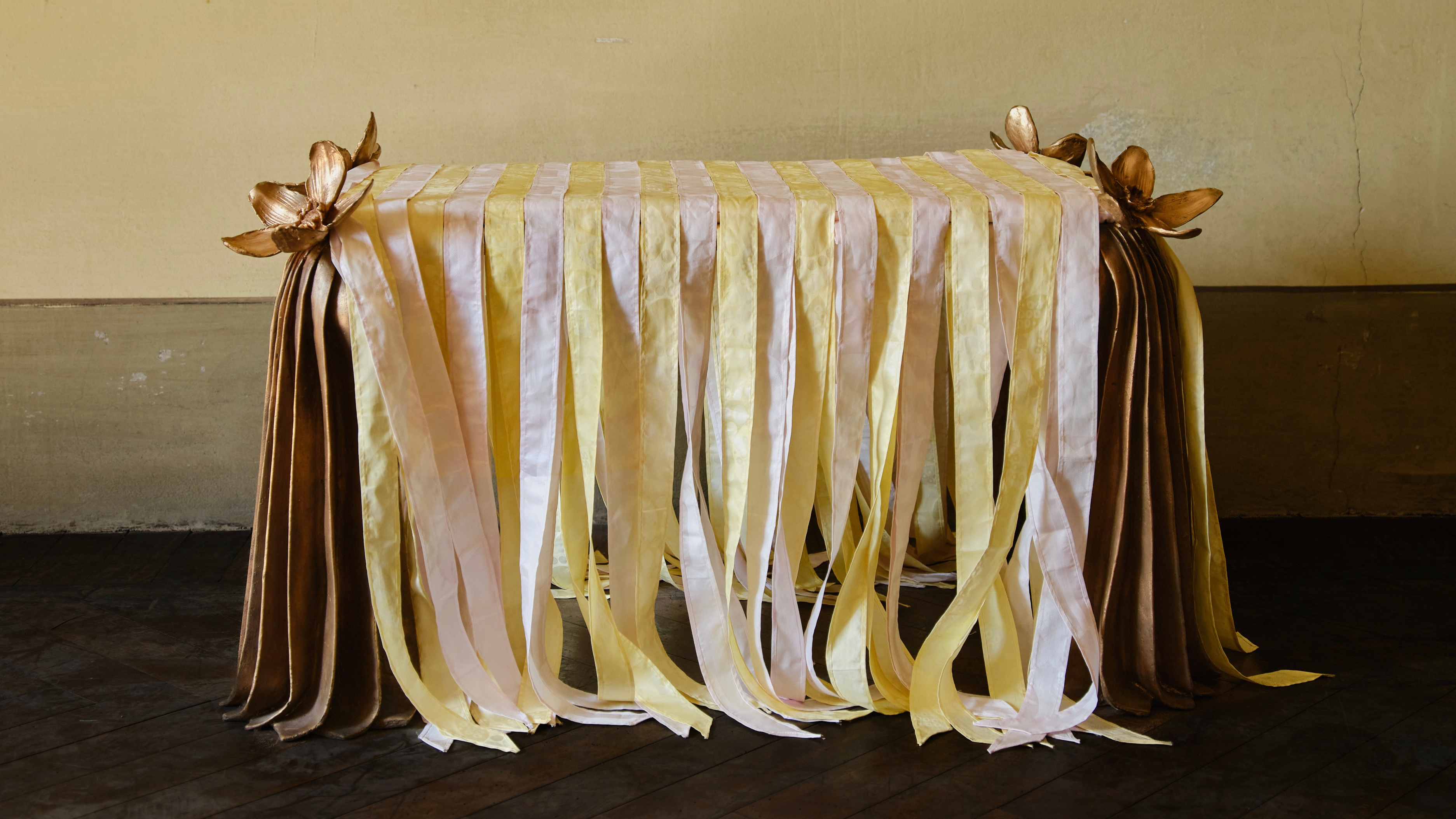 Conie Vallese and Super Yaya’s beribboned bronze furniture is dressed to impress
Conie Vallese and Super Yaya’s beribboned bronze furniture is dressed to impressTucked away on the top floor of Villa Bagatti during Milan Design Week 2025, artist Conie Vallese and fashion designer Rym Beydoun of Super Yaya unveiled bronze furniture pieces, softened with hand-dyed ribbons in pastel hues
By Ali Morris
-
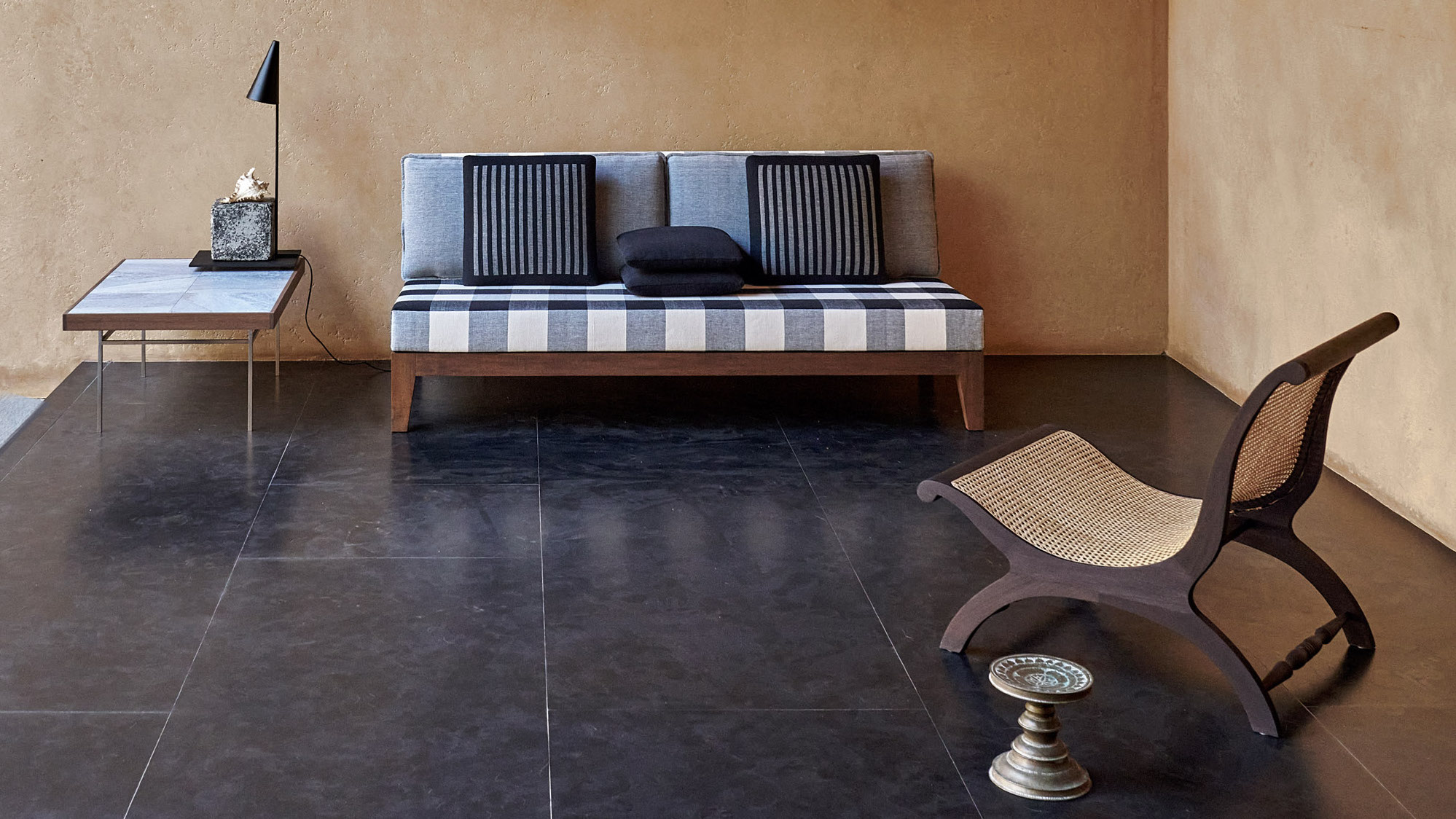 Geoffrey Bawa’s furniture designs are revived – a tropical modernist treat
Geoffrey Bawa’s furniture designs are revived – a tropical modernist treatBangalore studio Phantom Hands cultivates the furniture legacy of Sri Lankan tropical modernist pioneer Geoffrey Bawa
By Jonathan Bell
-
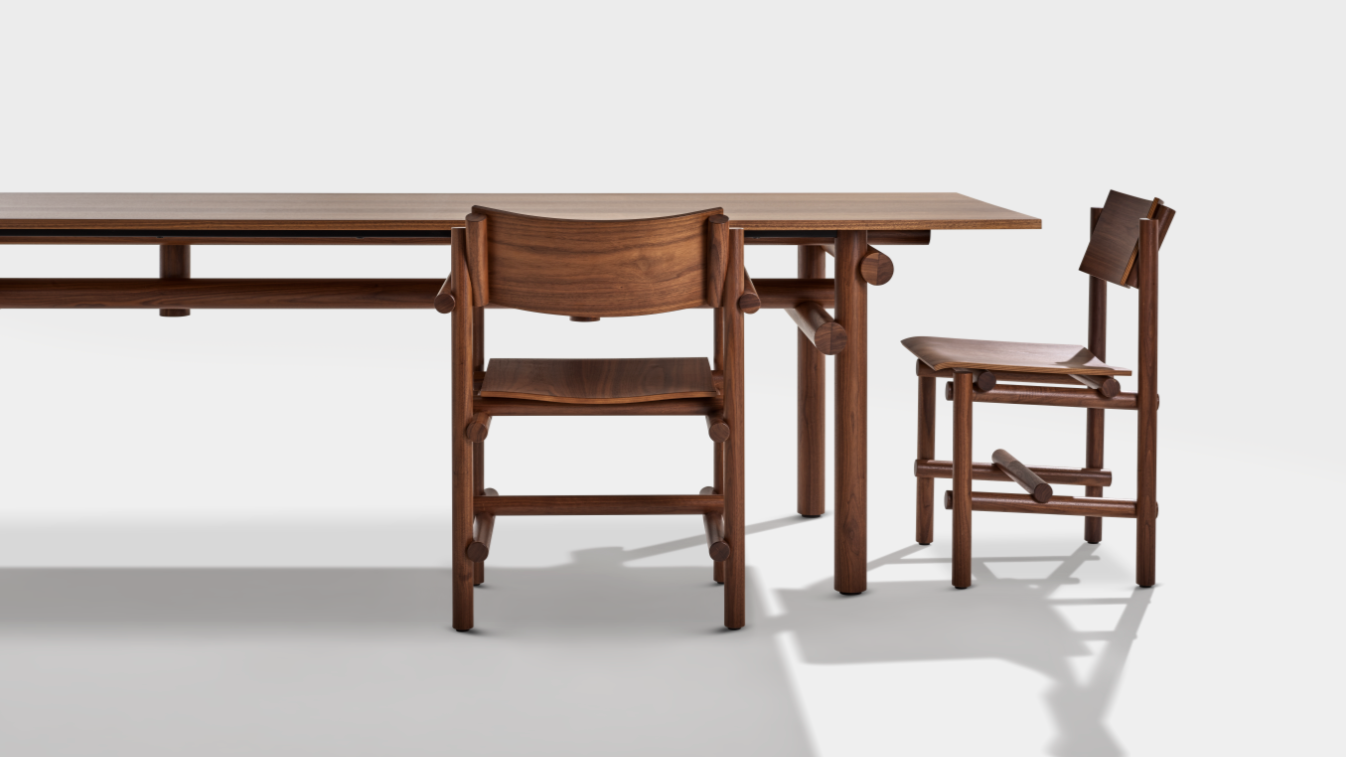 Tectonic modernity makes for fine dining furniture from Knoll
Tectonic modernity makes for fine dining furniture from KnollThe new ‘Muecke Wood Collection’ by architect Jonathan Muecke for Knoll brings artistry to the table
By Hugo Macdonald
-
 At Milan Design Week 2025, Turri launches a circular dining table fit for ceremonial feasts
At Milan Design Week 2025, Turri launches a circular dining table fit for ceremonial feastsThe new ‘Kenobi’ by Marco Acerbis for Turri is the kind of dining table we like to get around
By Hugo Macdonald
-
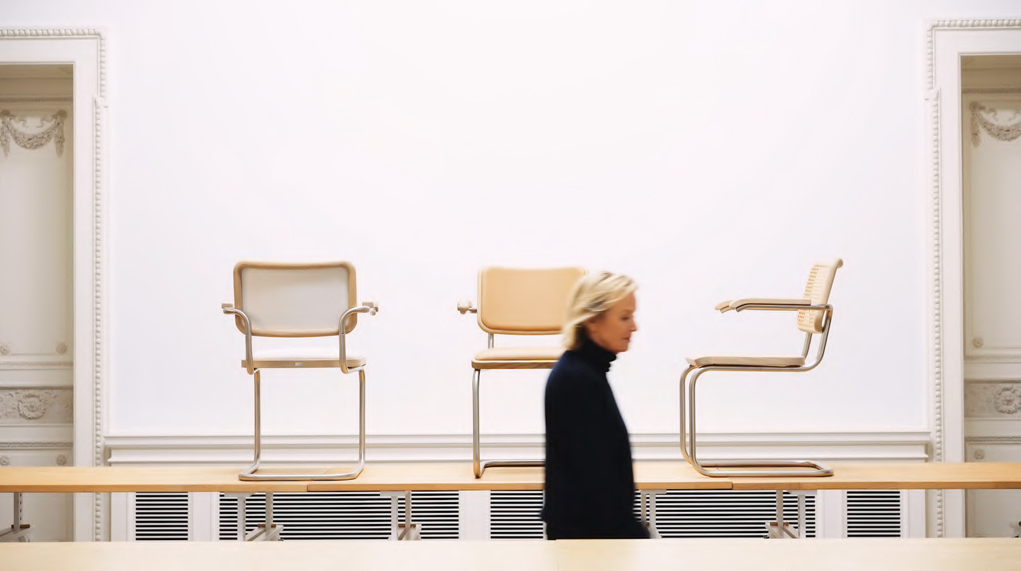 All hail Jil Sander’s first foray into furniture
All hail Jil Sander’s first foray into furnitureAt Milan Design Week, the venerated fashion designer unveils a respectful take on a tubular furniture classic for Thonet
By Nick Vinson
-
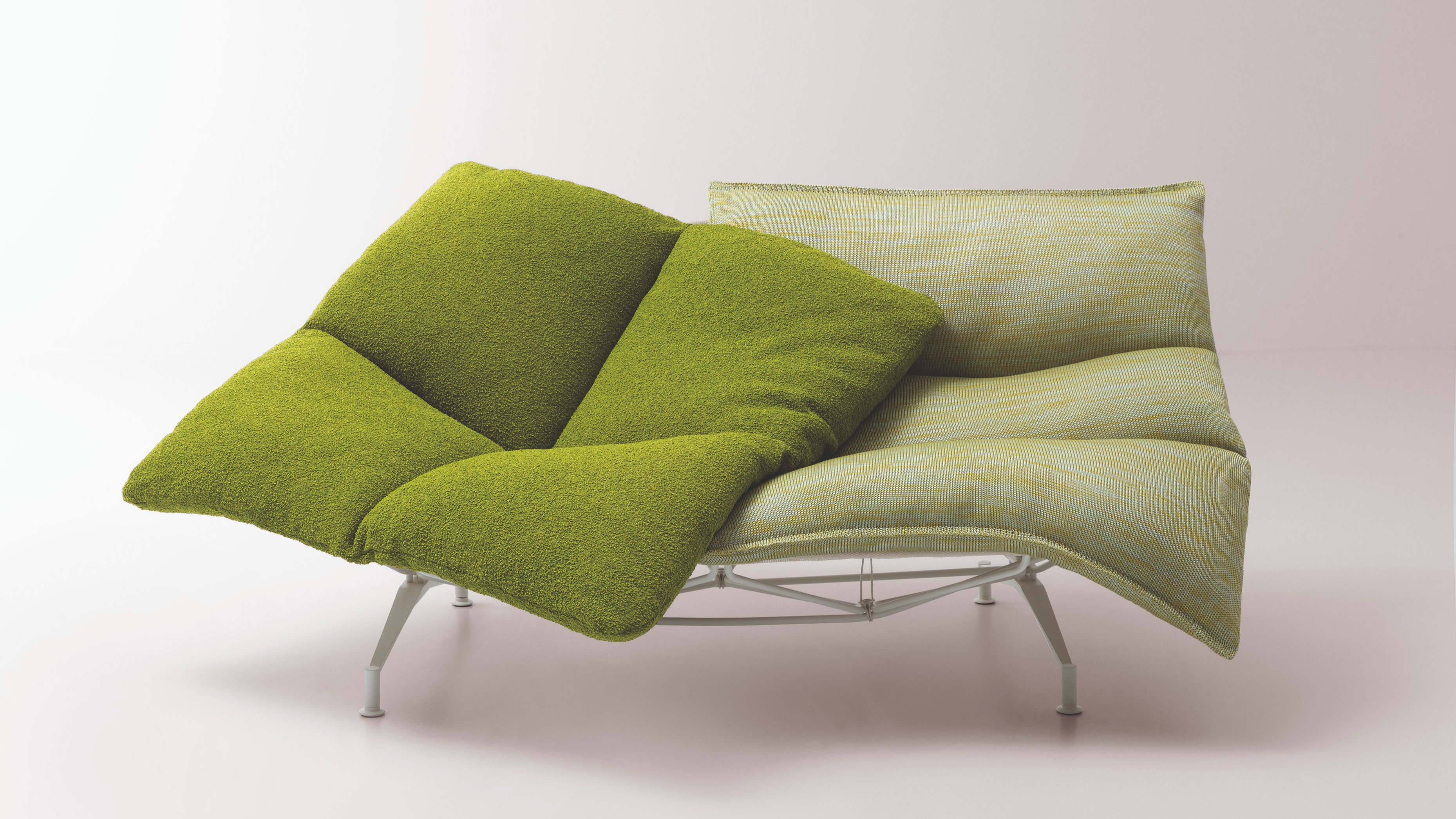 Paola Lenti unveils future-facing ‘Alma’ outdoor seating
Paola Lenti unveils future-facing ‘Alma’ outdoor seatingAt Milan Design Week 2025, Argentine designer Francisco Gomez Paz and Italian brand Paola Lenti unveil ‘Alma’ – a lightweight, technically advanced outdoor seating system
By Ali Morris
-
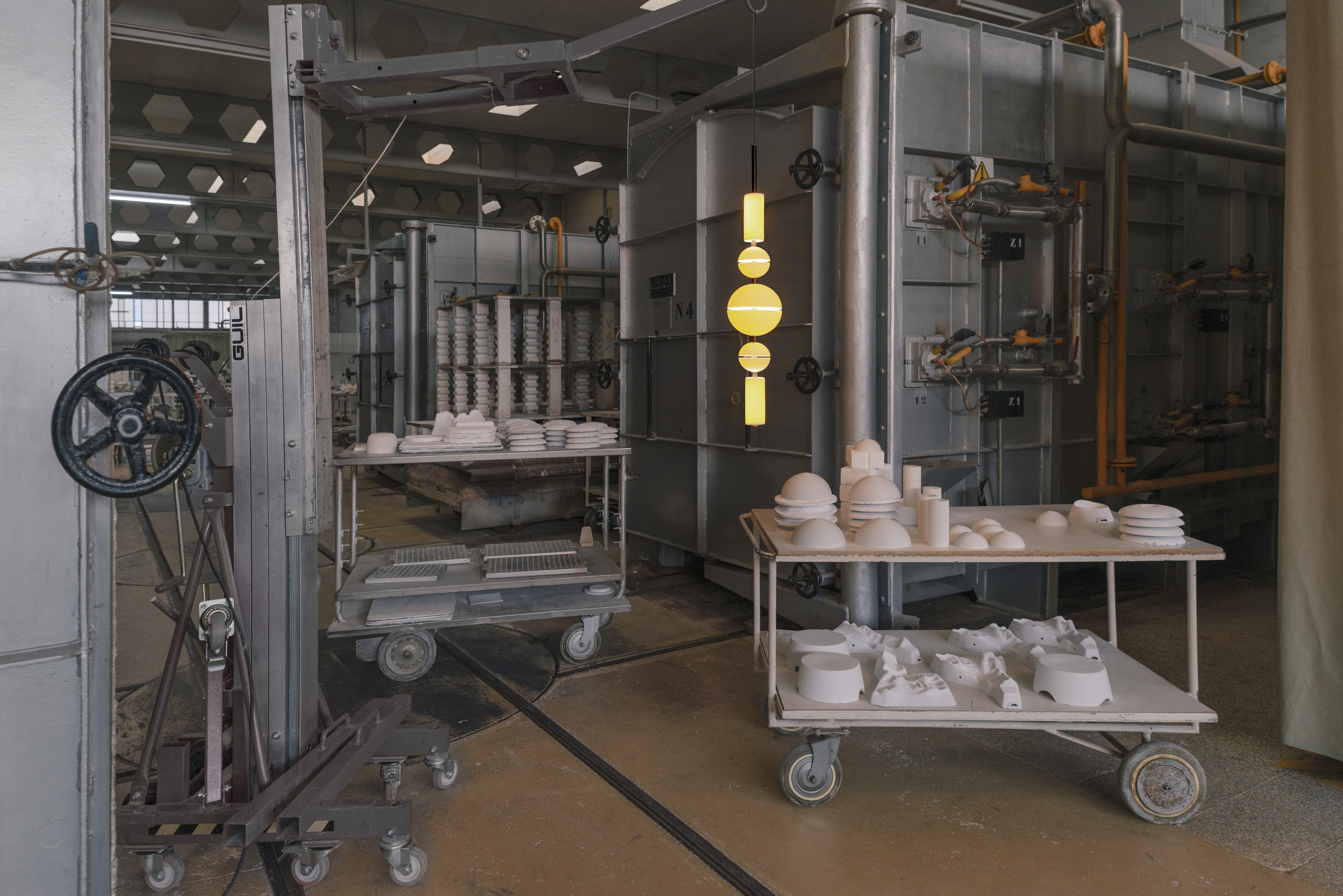 Milan Design Week: these porcelain lights mimic paper lanterns
Milan Design Week: these porcelain lights mimic paper lanternsAn exclusive first look at Lee Broom's ‘Cascade’ lighting for Lladró, launching at Euroluce during Salone del Mobile 2025
By Hugo Macdonald